Ever since the mid-1970s, NASCAR’s Cup cars have remained almost unchanged in their basic construction. The key elements include a pushrod V8 mated to a 4-speed manual transmission, driving through a ‘Ford 9in’ rear end with a Detroit locker differential. The drivetrain is mounted within a tube frame and box section steel chassis featuring A-arm suspension at the front , a live axle at the rear located by truck arms, a steering box rather than a rack and what was, until recently, mainly sheet-steel body panels, made in-house by teams.
They have gone through a string of evolutions over the past 15 years, from the Car of Tomorrow (CoT) introduced in the wake of Dale Earnhardt’s fatal crash in 2001, to the current Gen-6 machines. However, the basic underpinnings have remained loyal to their roots.
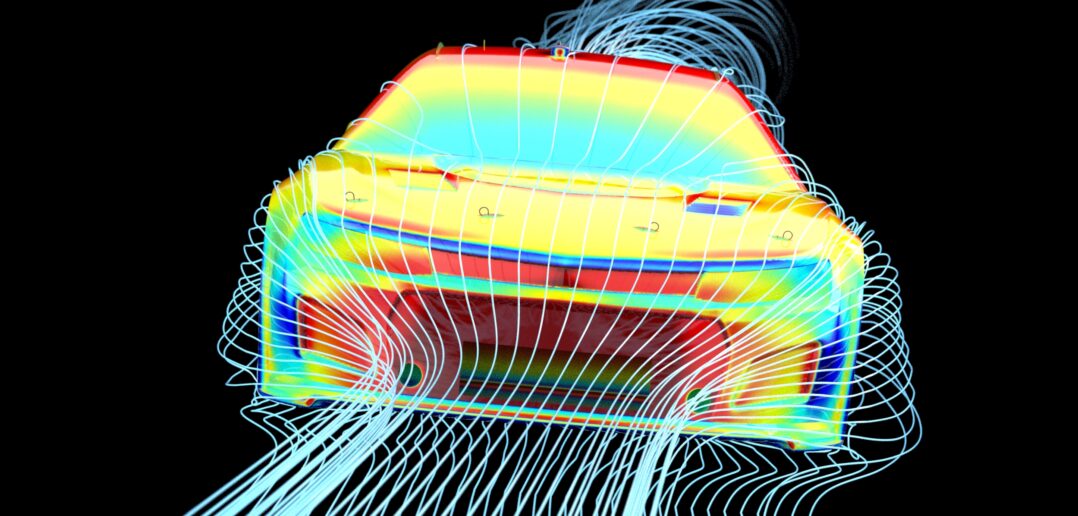
Although they seem simple in their construction, the cars are subject to a level of engineering optimization likely unmatched outside of Formula 1. This has drawn many European suppliers and more than a few engineers to the sport’s North Carolina heartland, ever since an engineering-led approach to stock car racing took root in the 1990s. Teams have developed some unique engineering solutions when it comes to bending – often to the limit – the rules. Thousands of CFD and wind tunnel hours are expended massaging the bodywork within NASCAR’s tolerances. The open underbody is subjected to similar attention, chasing the smallest gains in drag, downforce or sideforce. Most teams also run complex multibody simulations to tweak cars’ mechanical performance, while tools such as Chevy’s AI-driven strategy prediction systems are used during races. Much of that will change come the Daytona 500 season opener in 2022, where it will be replaced by composite bodies, a flat underfloor and diffuser, double-wishbone suspension all around and a sequential transaxle. Also gone will be much of the scope for teams to exercise engineering innovation; the majority of parts, including chassis and bodywork, is to be produced by NASCAR-mandated, single suppliers.
Individuality drive
Next Gen is the result of a ground-up reappraisal of the Cup car platform, for which the catalyst was a desire from manufacturers and NASCAR to have race cars that are more closely aligned to their road equivalents, create tighter competition and increase driver safety standards compared to the current cars.
A wholesale replacement of the stock car platform has been mooted for nearly a decade, but commercial sensitivities in NASCAR’s racing business model means evolution has been a gradual process. However, in early 2019, initial concept work began at NASCAR on what form an all-new car could take, with a high-level design specification laid down soon after. The majority of the development work on the base chassis and body configuration was undertaken by NASCAR R&D, the sport’s in-house technical center located in Concord, North Carolina, in collaboration with Italian race car manufacturer Dallara.
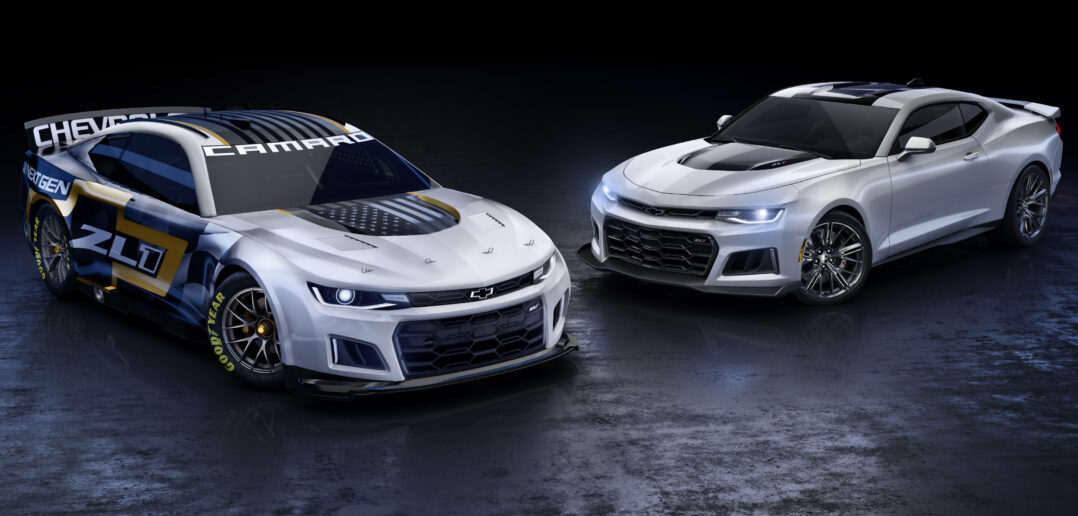
The first prototypes were built by Richard Childress Racing and IMSA sportscar team Action Express Racing, with Penske later adding another car. Meanwhile, the three manufacturers – Ford, Chevrolet and Toyota – worked on their own unique body shapes, based on guidelines laid down by NASCAR which were derived from an extensive CFD-led design program.
From a safety perspective, the car’s design has built on much of the learning accrued since the introduction of the CoT. “We’ve leaned on a lot of our past history with respect to the development of the current Gen-6 car,” explains John Probst, senior vice president of racing innovation at NASCAR. “We’ve implemented some state- of-the-art simulation tools that have let us do things that we have not been able to do in the past, as well as a lot of subcomponent testing to where we’re correlating the model from design to the testing that we had done in the lab. From that perspective, on our end we’ve actually simulated some of the bigger incidents that we’ve had with the Gen-6 car on the Next Gen car.”
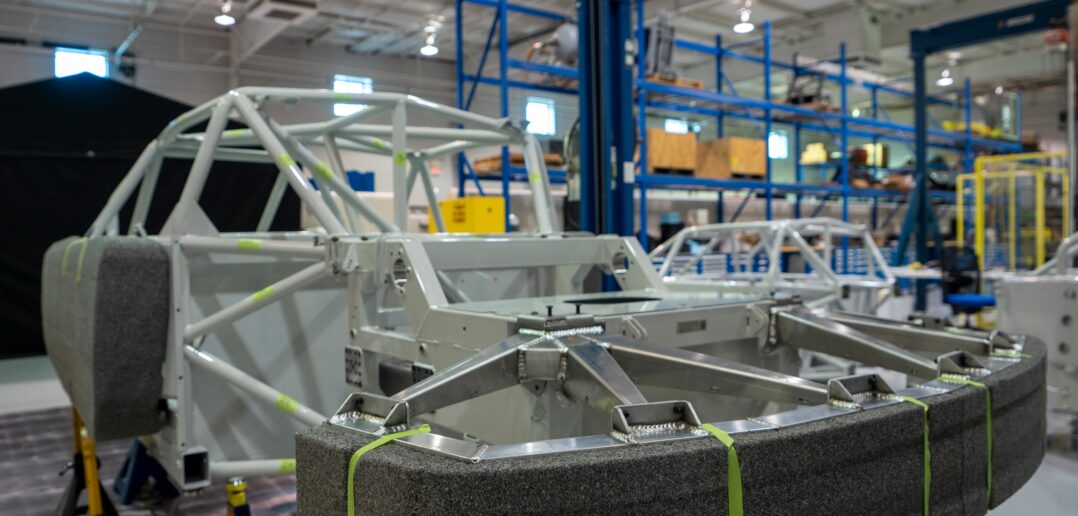
NASCAR has also undertaken physical tests, which even included crashing a robot-piloted prototype, equipped with a crash test dummy, into the wall at Talladega. The new car was initially scheduled to arrive in 2021, and testing was well underway by early 2020, with the first of the prototypes having run in October 2019 at Richmond Raceway. Testing ramped up through early 2020, spread across three prototypes, but the onset of the Covid-19 pandemic in March saw the NASCAR season halted and with it, all work on the Next Gen cars. This led the series organizer to take a pragmatic decision to delay the arrival of the new car until 2022. Testing finally resumed in August last year and has continued throughout 2021, with each manufacturer running cars equipped with wheel force transducers in June. The data from this was used to help validate their vehicle models and those of NASCAR, while also assisting series tire supplier Goodyear to further develop compounds for the 18in wheels.
Bring the style
Since around 2010, NASCAR has been honing a benchmarking system for its vehicles to ensure that each of the manufacturers’ body shapes (which teams are required to use) has equal aerodynamic performance. The process has evolved and manufacturers have been able to add ever-greater levels of brand-specific styling. Next Gen marks the culmination of this effort. Not only are manufacturers able to instill a greater level of brand identity than ever before, but the basic architecture of the cars now more accurately reflects the proportions of current road models. The balancing process works by setting manufacturers an aerodynamic performance window to work within. Their finished cars are then checked by NASCAR via wind tunnel testing, to ascertain that they fall within the set window.
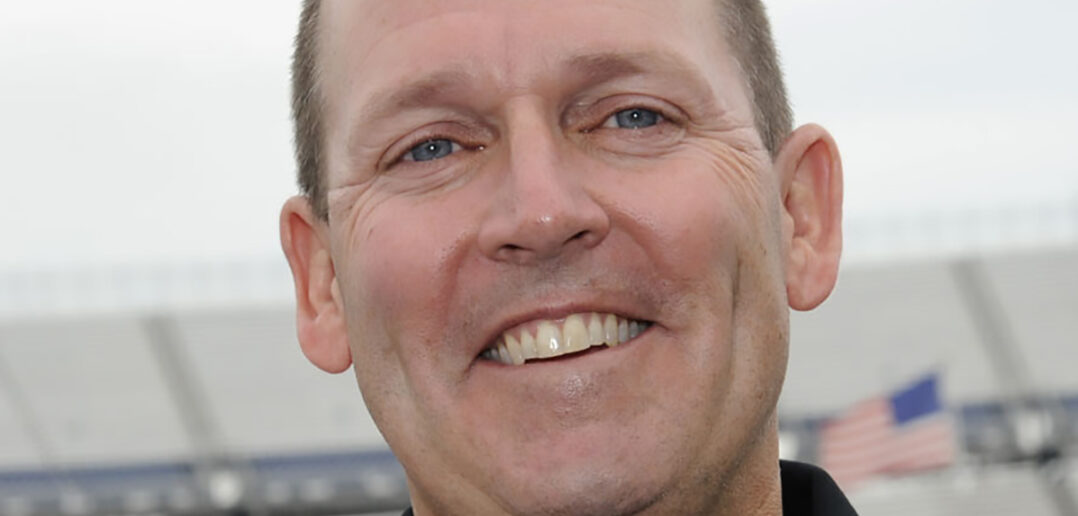
After sign-off, each body is scanned and the resulting CAD data used as the reference for NASCAR’s Hawk-Eye, a vision-based pre-race inspection system. The task facing each manufacturer’s racing outfit is therefore to design a body that meets their brand’s styling goals while still providing their teams with a shape that exploits every possible area within the NASCAR performance window. As Pat Suhy, manager of General Motors’ NASCAR competition group, explains, “NASCAR gave us their initial ideas and asked what was important to us. As good as the Gen-6 cars looked, we really wanted to get the proportions of the car sorted a little better.
“The Gen-6 still had a very long rear overhang and was asymmetric; the right side of the tail in plan view is 2in wider than the left. Things like that don’t really bother us as racers, but when we show them to our design guys, they wonder what is going on. We’ve been on a mission for quite a few years to get the cars to better reflect what is in the showroom. The starting point for that was shortening the overhangs, then getting rid of the asymmetry and improving the overall greenhouse shape, which were our high-level requirements.”
All three manufacturers’ road car design groups were actively involved in sculpting the shape of the Next Gen bodies. For most, this was the evolution of an ongoing process. Suhy explains, “There are always some things we want to bias for performance and we would have to negotiate a little bit, such as why a feature can’t be a little deeper or more pronounced. But they are also the guys that work on our performance [road car] products, and they understand there is a compromise between aesthetics and performance.”
It should be noted that part of the NASCAR submission process involves a side-by-side comparison between production and race cars to ensure engineering/artistic license has not been taken too far. Ford Performance aerodynamicist Tommy Joseph echoes Suhy’s view: “Any time we’ve had to have some discussion about compromises, it’s been a good discussion, not an argument. In my mind, the [Next Gen] Mustang is probably one of the most representative race cars we’ve ever designed, especially if you look at the front or the rear end. For example, the Mustang has a diamond kickback shape near the taillights, which was impossible to incorporate on the old car and we’ve got it on Next Gen.”
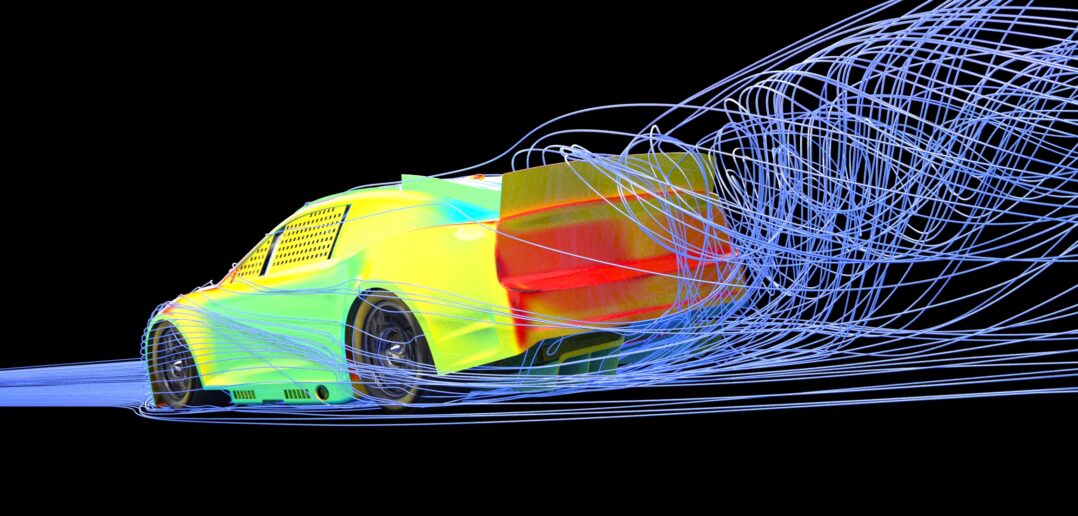
According to Joseph, some of the areas within which the manufacturers could work were more sensitive than others. He highlights that at the front of the car, “It is difficult to get the hood height and sweep that you want, from an aesthetic perspective, and then also have it fit the [performance] box.” He also points out that working from a high-performance road car basis – in Ford’s case the GT500 Mustang, which has already undergone a considerable aero development program – some features even needed toning down. This could be either to keep the car in the performance window or ensure the aero balance was maintained. For example, “Some of the wider features around the front fenders needed to be suppressed to keep within the allowed [downforce] limits,” Joseph remarks.
Inbuilt performance
Though NASCAR’s balancing process theoretically puts everyone in the same performance window, it would be naïve to think that each of the manufacturers, and their partner teams, do not try to incorporate features to enhance the performance in the real world. Seemingly insignificant geometric choices, such as the radius used on a particular panel line, are not simply picked at random. As Suhy puts it, “There probably isn’t a feature on the car that doesn’t offer a performance advantage of some type. I’m not sure how NASCAR would feel about hearing that, but it’s a fact. There are tuning elements and shapes in the car and we explored every one of them.”
As well as the composite bodies making it harder to massage the cars during their construction, additional elements of the new design also limit the performance that can be ‘built in’ compared with Next Gen’s steel-fabricated predecessors. For example, Suhy hints that GM at least was able to leverage the inherent asymmetry of the Gen-6 body because certain styling features could not be mirrored exactly on both sides of the car. “Beyond being able to rely on the offset [for aero performance on ovals] we also had other opportunities to take advantage of that asymmetry,” he states.
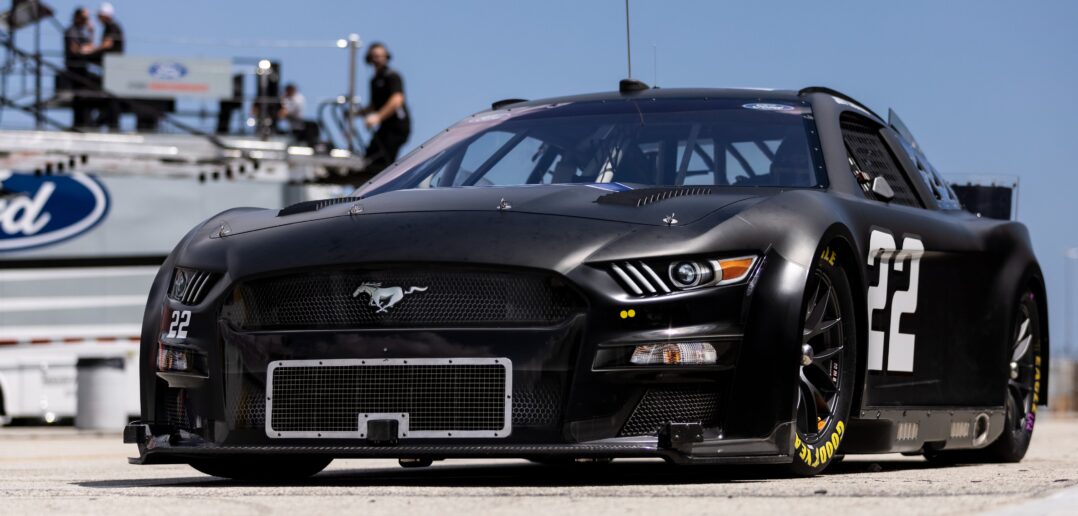
Ensuring that aero performance met NASCAR’s benchmark was something of a moving target for the development teams, as items such as the underfloor – a spec part – went through a number of iterations. This was due to NASCAR’s ongoing internal aero program, working on elements such as reducing the interaction between cars in the draft. Cooling provision for the engine also required a different approach, recalls Joseph, due to the very different chassis package and late confirmation of the final engine tunes that would be used. On the latter, in Ford’s case at least, “We went in a direction that gave us a greater [cooling] range and increased flexibility in case something changed.”
He also highlights another difference. On the current cars, all cooling air is vented out through the underside of the vehicle, the volume of which teams look to minimize by taping up the front grille wherever possible because the dirty, low-energy air is highly detrimental to downforce. On the new cars, the floor is entirely enclosed and the flow heads out the sides of the car and the top of the hood, meaning that limiting flow to the underfloor is no longer a concern. On this point, the front splitter, floor and diffuser are spec parts across all manufacturers, with no scope to alter them. In Joseph’s opinion, a desire for a flat floor was one of the high-level goals for NASCAR, the OEMs and most teams. There is little wider benefit to be gained from the extensive and thus expensive aero development around parts such as exhaust pipe shapes, front radiator boxes or any of the other myriad small parts under a Gen-6 car. “The [new] shape is actually much more relevant from our perspective as well,” he points out. “You are seeing more and more flat underbodies on high-performance road cars these days.”
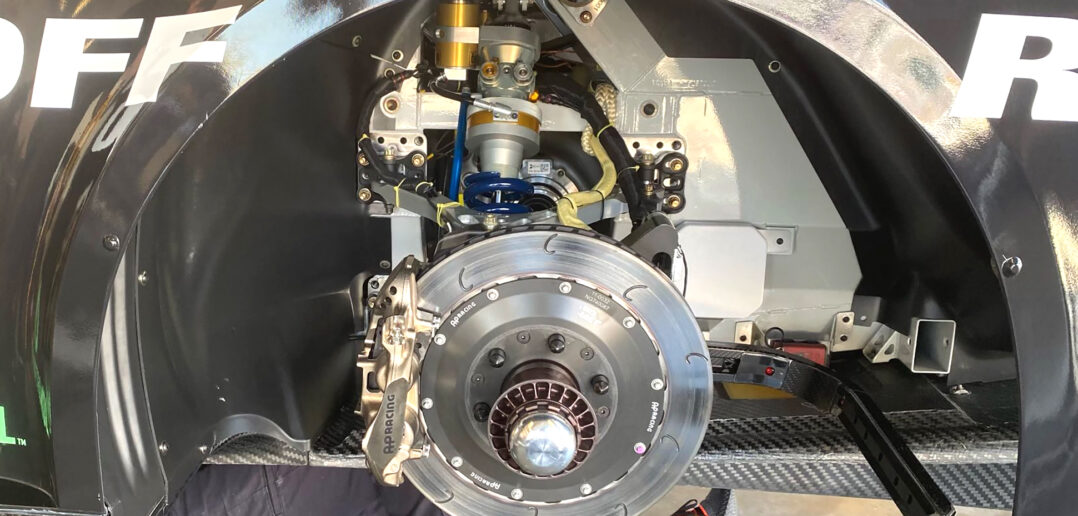
Culture change
Next Gen’s arrival will signal a culture change across all teams in NASCAR, moving them away from being race car constructors to something more akin to kit assemblers. However, although the demand for traditional skills like fabrication will wane, manufacturers such as Ford are still keen to draw knowledge from the sport. “We stipulated certain disciplines of engineering that are very important to us that we want to keep in this sport, because it brings a lot of tech transfer to our road car program,” says Joseph. “For example, we feel strongly that aerodynamics is very important. While the materials and the shapes might be different because of the nature of the tracks and racing, it will still be a factor.”
Once the new cars are established, the next target for manufacturers will be the powertrain, with the first change likely to be the addition of a spec hybrid system, possibly in 2024. As NASCAR’s Phelps remarked at the cars’ launch event, “I think right now it’s something that we are certainly having a lot of discussions with our OEM partners about. If we decide to go to some form of electrification in a hybrid vehicle or hybrid engine, the Next Gen car has the opportunity for us to drop that engine in there.”
The new cars will make their debut at the 2022 Daytona 500, but delivery of parts to teams is already underway ahead of the start of group track testing. Though the vehicles are closer to GTs than stock cars now, the sheer scale of the Next Gen undertaking should not be underestimated; NASCAR deserves credit for its development effort over the past three years and the close relationship it has fostered with various stakeholders. How will the racing be? As Suhy concludes, the new car will require a fresh approach but, “our guys think there are more ways to be wrong with this car than the old one. That’s not to say everyone won’t zero in on an ultimate solution, but I think at the beginning of the season it could be very interesting to see how folks approach it differently”.



